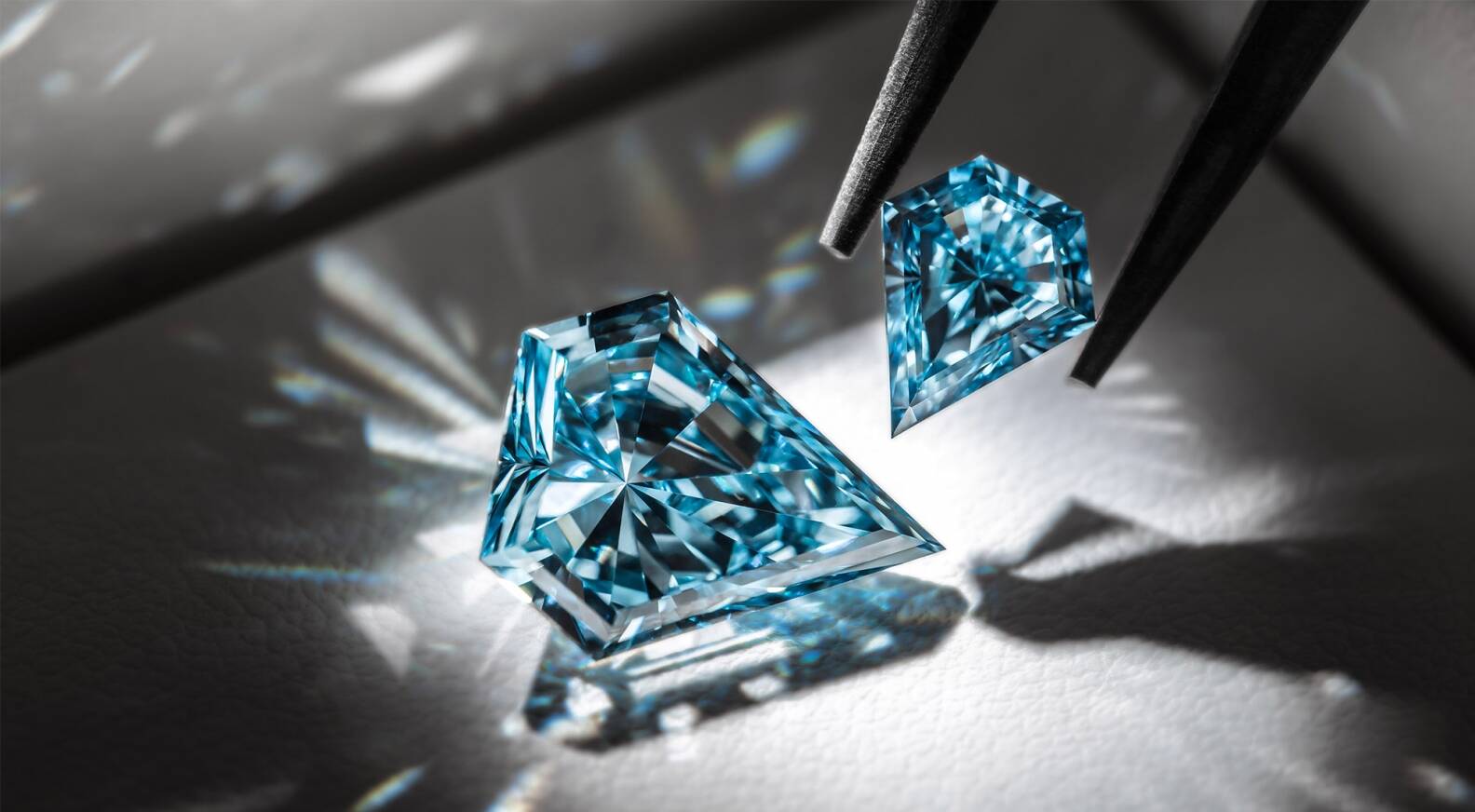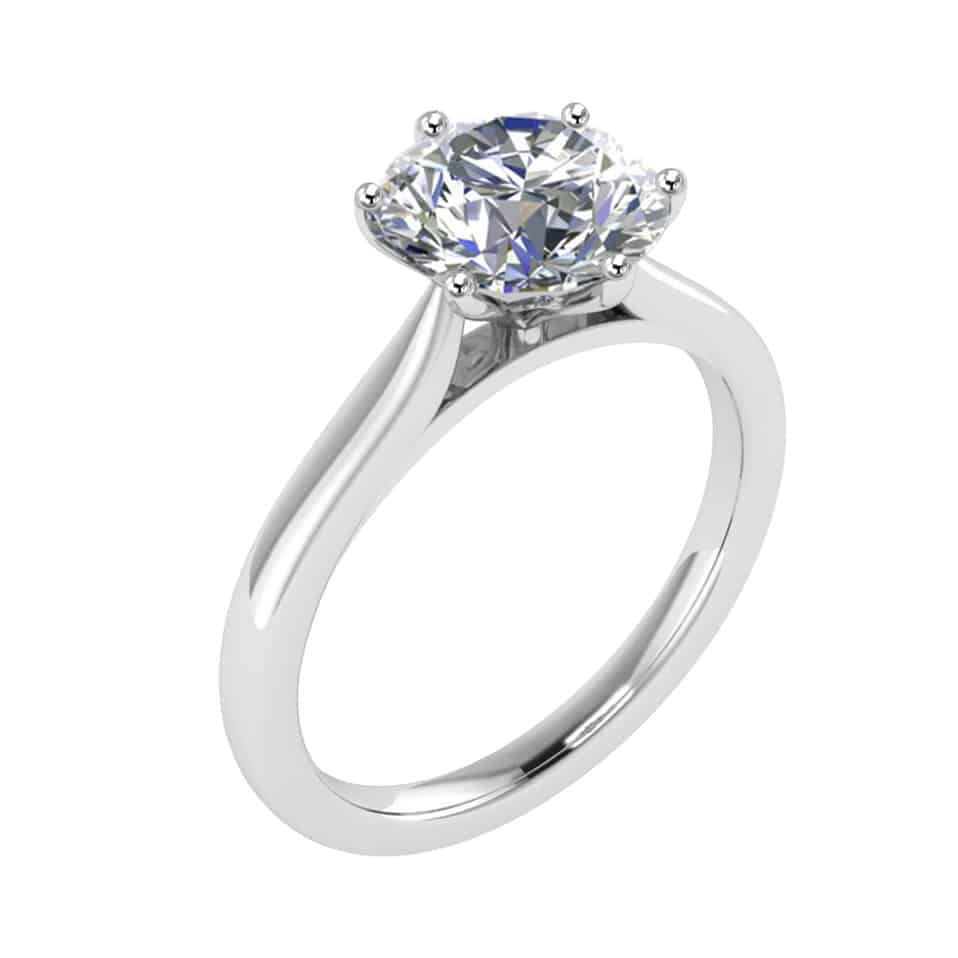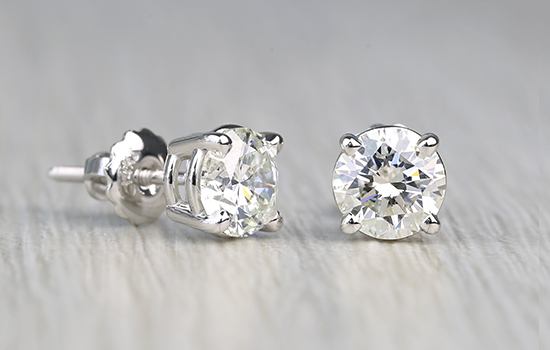
Lab Diamonds: A Modern Twist on Timeless Elegance
Diamonds have long been revered for their brilliance, durability, and timeless allure. However, the traditional diamond mining industry has faced scrutiny for its environmental impact and ethical concerns. In recent years, a new contender has emerged in the world of fine jewelry: lab diamonds. But what exactly are lab diamonds, and why are they gaining popularity?
Introduction to Lab Diamonds
What are lab diamonds?
Lab diamonds, also known as synthetic or cultured diamonds, are created through technological processes in controlled laboratory environments. Despite their synthetic origin, lab diamonds possess the same physical, chemical, and optical properties as natural diamonds.
Key differences between lab diamonds and natural diamonds.
While natural diamonds form deep within the Earth’s crust over millions of years, lab diamonds are produced in a matter of weeks or months using advanced techniques. This difference in origin gives rise to various advantages and considerations when choosing between the two.
The Process of Creating Lab Diamonds
Explanation of the chemical vapor deposition (CVD) method.
One of the primary methods used to create lab diamonds is chemical vapor deposition (CVD). In this process, a diamond seed crystal is placed in a vacuum chamber, where carbon-rich gases are heated to extreme temperatures. The carbon atoms then bond to the seed crystal, gradually forming a larger diamond.
Overview of the high-pressure high-temperature (HPHT) method.
Alternatively, lab made diamonds can be produced through the high-pressure high-temperature (HPHT) method. This technique involves subjecting carbon material to intense pressure and heat, mimicking the natural conditions in which diamonds are formed deep within the Earth.
Advantages of Lab Diamonds
Ethical considerations: conflict-free and sustainable.
One of the most significant advantages of lab made diamonds is their ethical sourcing. Unlike natural diamonds, which may be associated with conflict zones or unethical mining practices, lab diamonds are guaranteed to be conflict-free. Additionally, their production has a minimal environmental impact, making them a sustainable choice for conscientious consumers.
Quality and consistency.
Lab diamonds offer unparalleled quality and consistency in terms of clarity, color, and cut. Since they are grown under controlled conditions, manufacturers can precisely manipulate these factors to produce diamonds of exceptional brilliance and purity.
Cost-effectiveness compared to natural diamonds.
Another compelling reason to choose lab diamonds is their cost-effectiveness. On average, lab diamonds are significantly less expensive than their natural counterparts, making them an attractive option for budget-conscious shoppers without compromising on quality or beauty.
Common Misconceptions about Lab Diamonds
Are lab diamonds “fake”?
One common misconception about lab diamonds is that they are somehow inferior or “fake” compared to natural diamonds. In reality, lab diamonds are chemically identical to natural diamonds and possess the same physical properties. They are simply created in a laboratory rather than mined from the Earth.
Addressing concerns about durability and value.
Some skeptics question the durability and long-term value of lab diamonds compared to natural diamonds. However, extensive testing and research have demonstrated that lab diamonds are just as durable and valuable as their natural counterparts, with the added benefit of ethical sourcing and environmental responsibility.
Environmental Impact of Lab Diamonds
Comparison of environmental footprint with natural diamond mining.
The environmental impact of traditional diamond mining is well-documented, including habitat destruction, water pollution, and carbon emissions. In contrast, lab diamond production has a significantly lower ecological footprint, requiring less energy and water while minimizing land disturbance and ecosystem disruption.
Sustainable practices in lab diamond production.
Many lab diamond manufacturers prioritize sustainability and eco-friendly practices in their production processes. From using renewable energy sources to implementing water recycling systems, these initiatives further enhance the environmental credentials of lab diamonds.
Certification and Grading of Lab Diamonds
Importance of certification.
When purchasing a lab diamond, it is essential to ensure that it comes with proper certification from a reputable gemological laboratory. This certification provides assurance of the diamond’s quality, authenticity, and ethical provenance.
Recognized grading institutions for lab diamonds.
Several internationally recognized gemological laboratories, such as the Gemological Institute of America (GIA) and the International Gemological Institute (IGI), offer certification services for lab diamonds. These certifications include detailed assessments of the diamond’s cut, color, clarity, and carat weight, helping consumers make informed decisions.
Trends in Lab Diamond Engagement Rings
Rising popularity among millennials.
Millennials, known for their emphasis on sustainability and ethical consumerism, are increasingly turning to lab diamonds for their engagement rings. The transparency and traceability of lab diamond sourcing resonate with this socially conscious demographic, driving demand for responsibly sourced jewelry.
Customization options and unique designs.
One of the appeals of lab diamonds is the ability to create custom engagement rings with unique designs and settings. From vintage-inspired styles to modern minimalist designs, lab diamonds offer endless possibilities for personalization and self-expression.
Choosing the Right Lab Diamond
Factors to consider: cut, clarity, color, and carat weight.
When selecting a lab diamond, it’s essential to consider the traditional “Four Cs”: cut, clarity, color, and carat weight. These factors will determine the diamond’s overall appearance and value, ensuring that you find the perfect stone for your budget and preferences.









:max_bytes(150000):strip_icc()/tl-columbia-puffer-sale-one-off-tout-31614a18700b4ffb814c40525de190fe.jpg)

